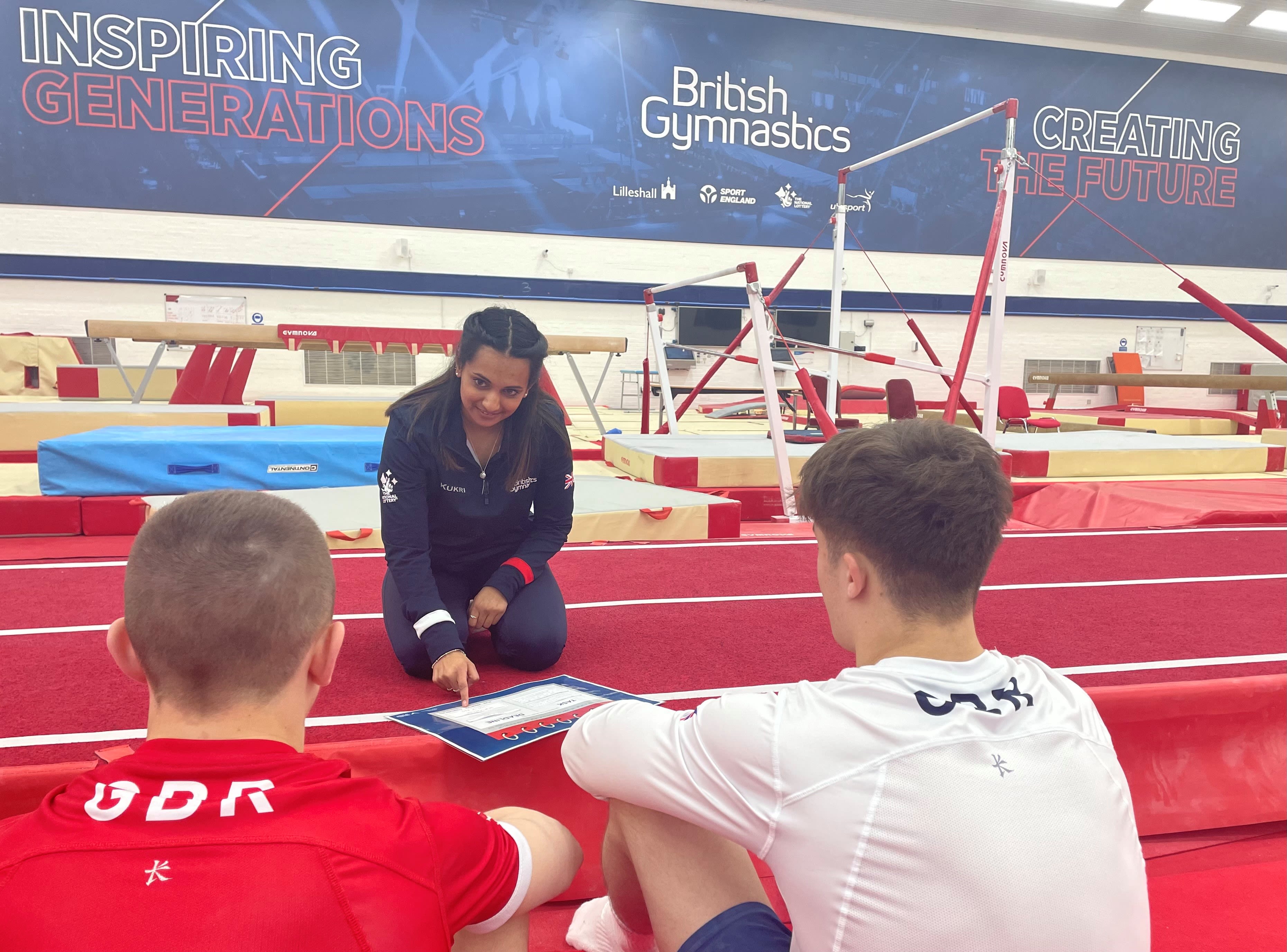Growing our future sports stars
By grouping young sports players according to their biological maturity instead of their age, our research is levelling the playing field, helping top sports clubs to uncover hidden talent, reduce injuries and support the sports stars of the future.

Do you remember playing sports at school with children in your year who were either much bigger or smaller than you? Maybe you were that early developing big kid, who towered above the rest, or that later developing smaller one. Perhaps you were - or are - somewhere in between.
When it comes to playing sport, young athletes are typically grouped according to their age. But, as children get older, there’s wide variation in how they grow and mature. Put simply, our biological development often does not match our chronological age. Find two 10-year-olds and it is highly likely that they will look very different from one another.
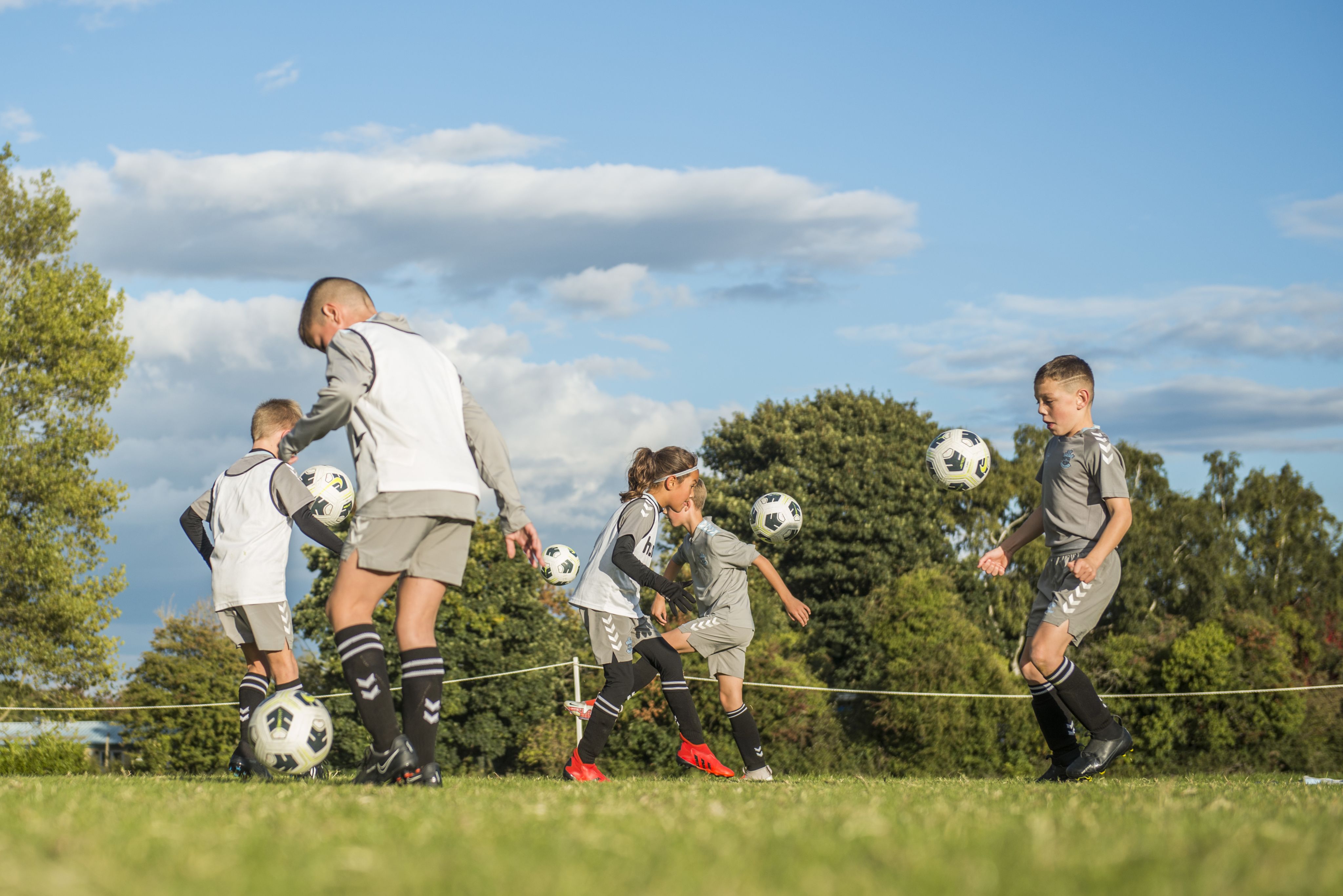
These differences in biological maturity can be as much as six years. That means that whilst some children mature early, growing bigger and getting quicker, others stay smaller for longer, maturing much later. Traditionally when it comes to sport, those later maturing small kids often get left behind, overlooked in favour of their bigger, more dominant peers.
The different heights of three eight year olds from Southampton FC's Academy.
The different heights of three eight year olds from Southampton FC's Academy.
The selection biases this creates for youth sports have big implications, says University of Bath sports scientist and growth and maturation expert, Professor Sean Cumming. For over a decade Cumming has been exploring ways to help level the playing field for all children aiming to reduce ‘David and Goliath’ situations on the training pitch.
“We know that early maturing children tend to be stronger and faster – attributes that are often prized across many sports. By contrast, late developers who are typically smaller and weaker are at a disadvantage physically – even if technically, tactically, and psychologically they might be the better athlete,” he explains.
An early paper published by Cumming and colleagues in the European Journal of Sport Science in 2016, looked at the links between a player's biological maturity and 'power output and sprint momentum' for rugby.
The first paper to consider maturity biases in rugby union academies, it assessed 51 young male players aged 14–17 years for height, weight and BMI, charting where they were on the growth charts and highlighting a clear preference towards early developers.
"In our study, we found 44 young men in a rugby academy 'on time' in terms of their development, seven 'early' developers and no 'lates'. Despite later developers making up around 15% of the overall population, very few - if any - were making it through the screening process to progress," explains Cumming.

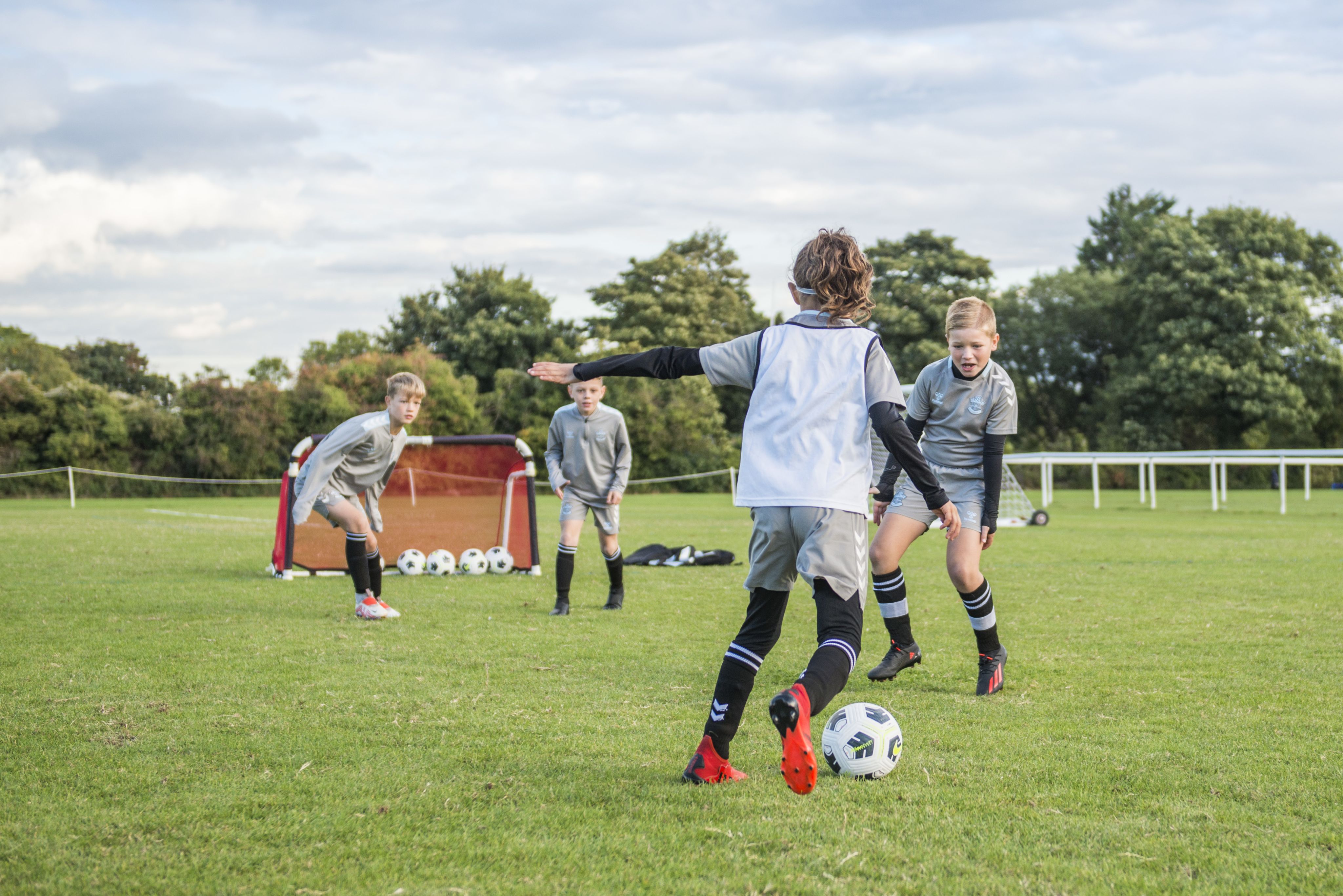
Follow-on studies in the Journal of Sports Science focusing on football and tennis highlighted similar trends. Not only were there clear biases towards early maturers, but these were starting to appear in academy settings from age 11 onwards.
"The implication of all this was that talented youngsters were being overlooked: lost in a system where if only they were given longer, they might progress further and become those sporting stars of the future," says Cumming.
Understanding more about children’s bio-age matters for talent identification but it is also important for injury prevention. As children progress through growth spurts, they are often uncoordinated and so lose some of their natural sporting abilities. They are also more prone to injuries as their bone and muscles go through rapid phases of growth.
Armed with fresh insights, Cumming took these findings to some of the world's biggest clubs to pioneer ground-breaking player selection techniques that could help overcome biases and reduce growth related injuries: biobanding.
An idea that has come of age
The concept for biobanding is not new. In Auckland, New Zealand, for years, youth rugby teams have been organised according to weight and age, with weight-restricted age groups available for smaller or later developing children.
Similarly, young athletes in combat sports such as judo, taekwondo and boxing are grouped in competition by both age and weight. Over a century ago, an early protype for maturity matching was even trialled in US high schools. Yet only comparatively recently has the concept sparked interest across other professional sports.
In increasingly competitive sporting environments, the big fear is missing out on talented youngsters, says Cumming. Famous examples of late developers who were very nearly missed include England captain and prolific goal machine, Harry Kane – dropped by Arsenal Academy before finally being taken on by Tottenham.
At 1.94m (6ft 5), it might be hard to believe US basketball legend Michael Jordan was once considered too small to be selected for his varsity team. Yet, as a 5ft 9 sophomore, Jordan was overlooked by his coach in favour of his classmate Leroy Smith, who stood at an impressive 6ft 7. A late growth spurt saved his career, and the rest is history.
Yet, as Cumming adds, “for every Michael Jordan or Harry Kane there are countless other talented late developers who we never heard of who are still getting overlooked.”
Biobanding means grouping players according to their biological maturity rather than their chronological age. That implies teams or training partners being mixed in terms of age and matched according to their biological maturity. Biobanded teams might comprise players of 11-15 years olds all at a similar point in their growth trajectory.
“For late developers this approach gives them an opportunity to command the game and shine, providing new leadership opportunities, by mixing them with physically matched peers,” says Cumming. For early developers there are benefits too.
“By having them ‘play up’ with older yet physically matched players, they need to think faster, release the ball more quickly, and rely on their technical and tactical attributes, rather than just their physical ones,” he adds. Read more.
To ascertain a player’s biological age, Cumming has devised systems to bioband players which are now used by the English Premier League. Drawing on data including a player’s date of birth, their current height and weight, as well as their parents’ height, this can accurately predict their current and future growth patterns and how ‘biologically mature’ they are.
“Importantly this is not just about grouping all big kids and all small kids together,” Cumming says. “With biobanding we are selecting players according to where they are presently on the growth charts. Not everyone will reach 6ft - so it's not all about grouping tall and small players - instead it's about accurately predicting their bio-age: how physically developed they are at a given point in time."
Whilst biobanding is not designed to replace age-group competitions – something Cumming believes can continue to play an important part in player training – it is designed to work as a complementary programme that recognises the holistic development of the child.
And there is lots of interest in this new approach.
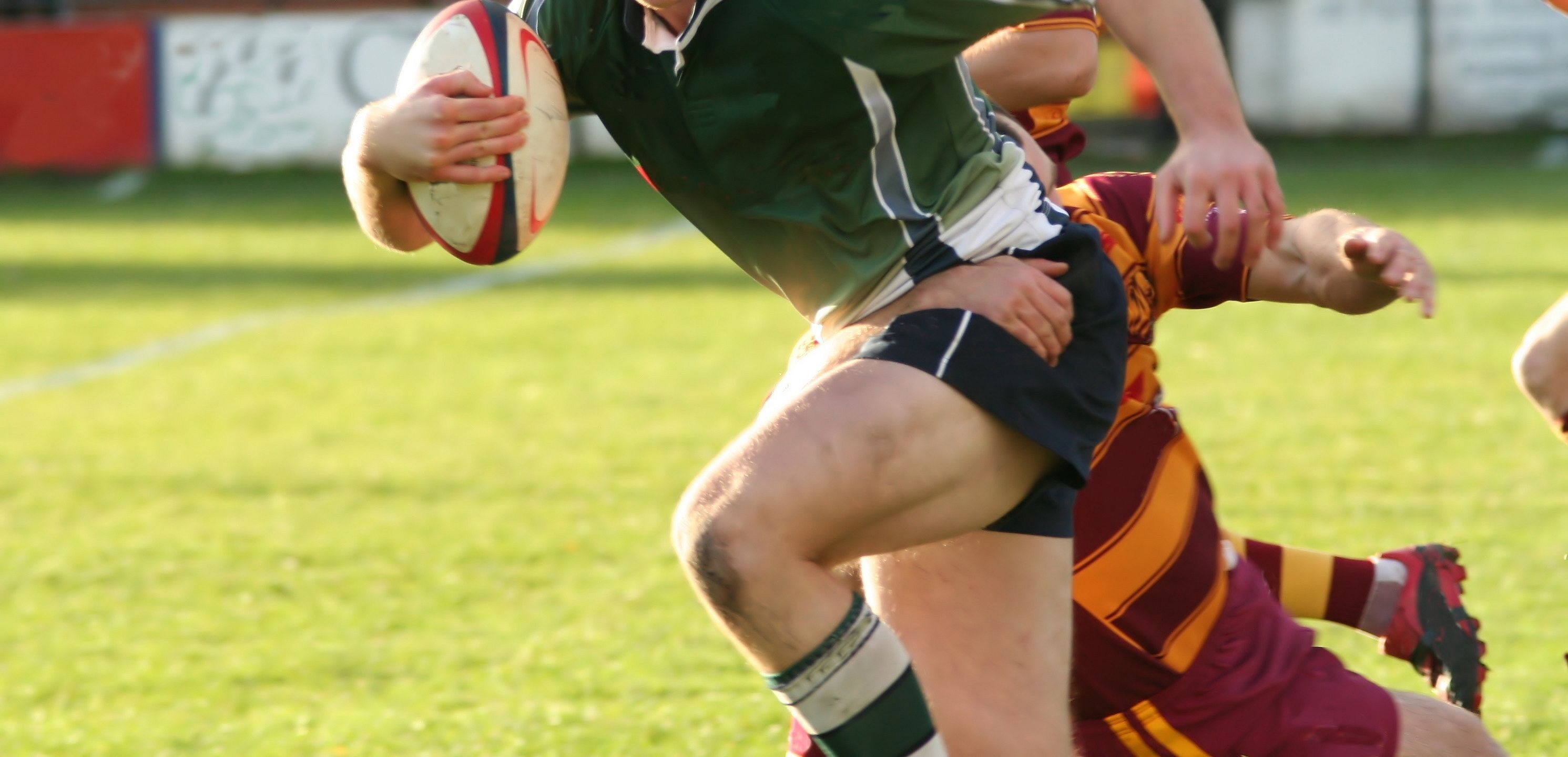


Credit: AdobeStock
Credit: AdobeStock
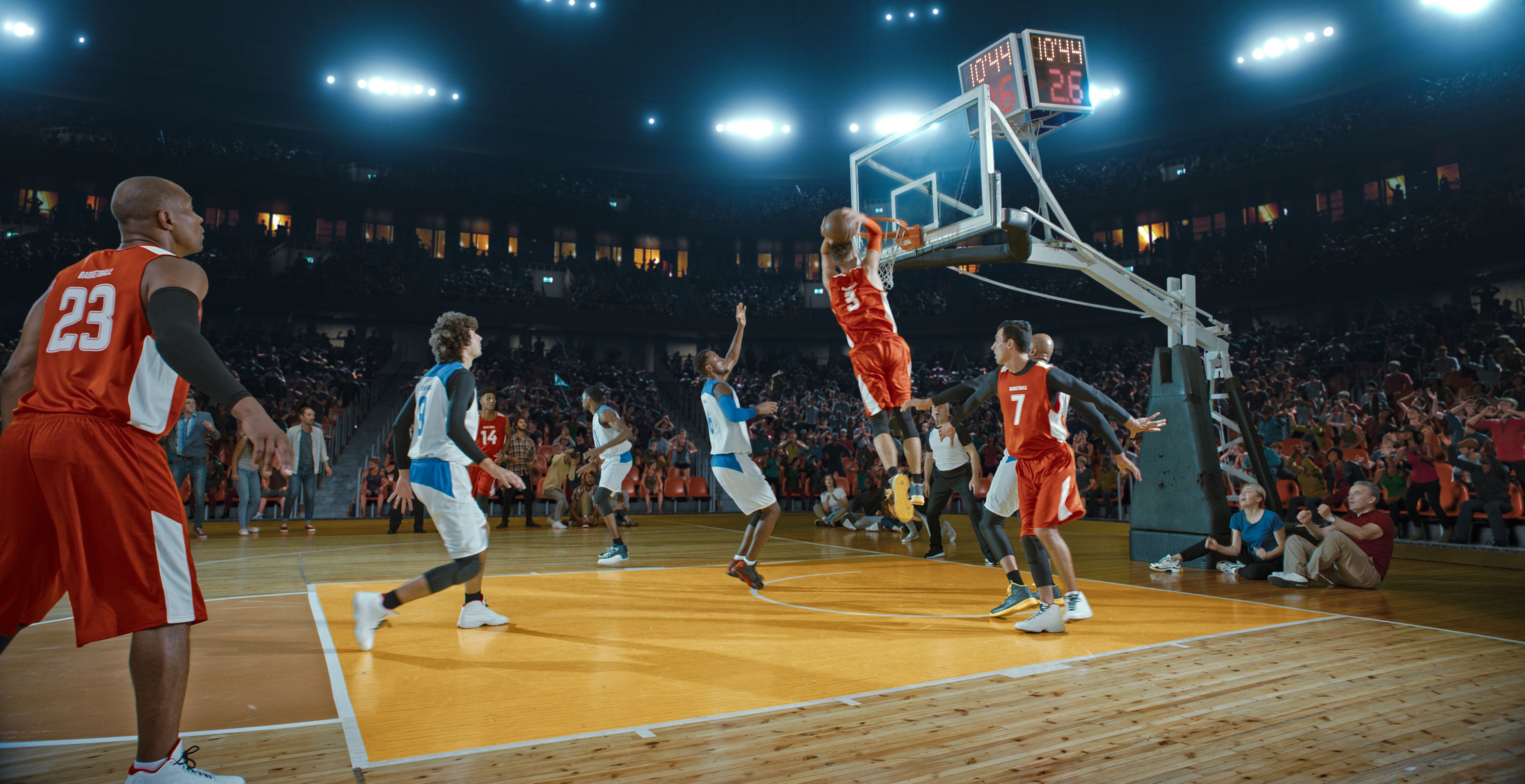
Credit: AdobeStock
Credit: AdobeStock
An idea that has come of age
The concept for biobanding is not new. In Auckland, New Zealand, for years, youth rugby teams have been organised according to weight and age, with weight-restricted age groups available for smaller or later developing children.
Similarly, young athletes in combat sports such as judo, taekwondo and boxing are grouped in competition by both age and weight. Over a century ago, an early protype for maturity matching was even trialled in US high schools. Yet only comparatively recently has the concept sparked interest across other professional sports.
In increasingly competitive sporting environments, the big fear is missing out on talented youngsters, says Cumming. Famous examples of late developers who were very nearly missed include England captain and prolific goal machine, Harry Kane – dropped by Arsenal Academy before finally being taken on by Tottenham.
At 1.94m (6ft 5), it might be hard to believe US basketball legend Michael Jordan was once considered too small to be selected for his varsity team. Yet, as a 5ft 9 sophomore, Jordan was overlooked by his coach in favour of his classmate Leroy Smith, who stood at an impressive 6ft 7. A late growth spurt saved his career, and the rest is history.
Yet, as Cumming adds, “for every Michael Jordan or Harry Kane there are countless other talented late developers who we never heard of who are still getting overlooked.”
Biobanding means grouping players according to their biological maturity rather than their chronological age. That implies teams or training partners being mixed in terms of age and matched according to their biological maturity. Biobanded teams might comprise players of 11-15 years olds all at a similar point in their growth trajectory.
“For late developers this approach gives them an opportunity to command the game and shine, providing new leadership opportunities, by mixing them with physically matched peers,” says Cumming. For early developers there are benefits too.
“By having them ‘play up’ with older yet physically matched players, they need to think faster, release the ball more quickly, and rely on their technical and tactical attributes, rather than just their physical ones,” he adds. Read more.
To ascertain a player’s biological age, Cumming has devised systems to bioband players which are now used by the English Premier League. Drawing on data including a player’s date of birth, their current height and weight, as well as their parents’ height, this can accurately predict their current and future growth patterns and how ‘biologically mature’ they are.
“Importantly this is not just about grouping all big kids and all small kids together,” Cumming says. “With biobanding we are selecting players according to where they are presently on the growth charts. Not everyone will reach 6ft - so it's not all about grouping tall and small players - instead it's about accurately predicting their bio-age: how physically developed they are at a given point in time."
Whilst biobanding is not designed to replace age-group competitions – something Cumming believes can continue to play an important part in player training – it is designed to work as a complementary programme that recognises the holistic development of the child.
And there is lots of interest in this new approach.
Try our biobanding widget*
Bioband Your Child


* These equations apply for girls and boys aged 5 to 17 years old.
Net benefits
One of the first big sporting collaborations for Cumming at Bath with this work was with the Lawn Tennis Association (LTA). In 2015, the LTA approached him with a problem: their brightest tennis prospects aged 14 – 15 were not going on to achieve on the tennis court and in competitions as they had envisaged they might.
“They came to us with a clear problem. Why are some of our players just not progressing, what role was growth and maturation playing, and what could be done about it,” Cumming explains. Enlisting the help of PhD student Gill Myburgh, the pair set about to solve the puzzle.
Their research - the first to look at the maturity status of elite junior tennis players in both males and females - again revealed that selection biases in tennis favoured early maturers. For girls, the challenge was even more acute. “We could see the bias for early maturers but also the mechanisms underlying the bias. For girls that bias appeared even earlier,” says Cumming.
For the next step, Myburgh – who balanced her PhD with work as the LTA’s strength and conditioning coach, including for tennis ace Joanna Kohnta – helped implement biobanded solutions to better assess and accommodate for difference in growth and maturation among young tennis players.
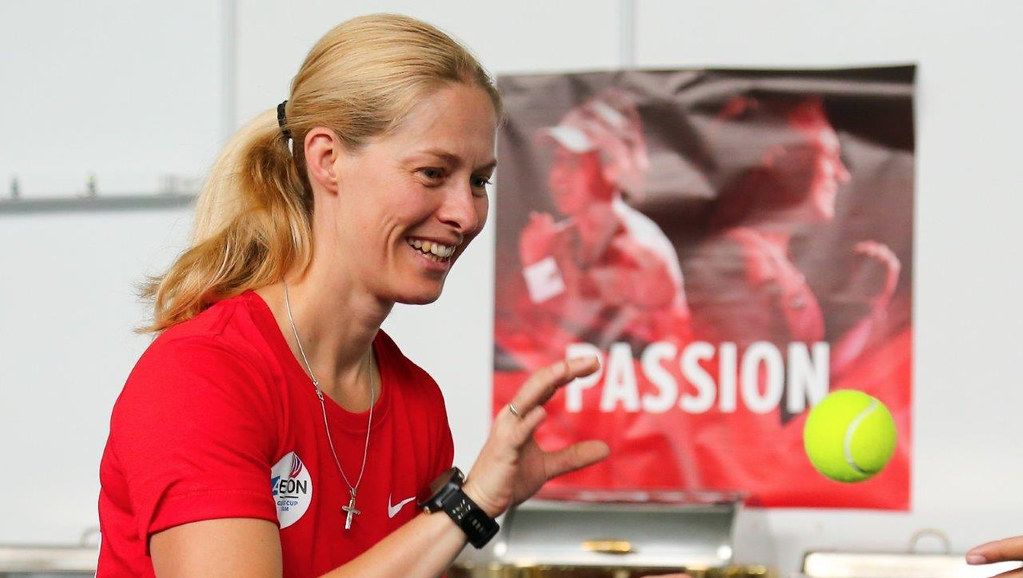
Dr Gill Myburgh who studied for her PhD alongside her training role at the LTA. Credit: LTA.
Dr Gill Myburgh who studied for her PhD alongside her training role at the LTA. Credit: LTA.
That research investigated the influence of physical maturity on the identification and development of elite youth tennis players selected into the LTA’s performance programmes. It also identified the potential benefits of periodically matching players by maturity status, rather than just age groups for training and competitions.
Her results have gone on to have a lasting impact with changes to practice and policy across British tennis. Cumming explains: “This work really helped to inform practice and policy pertaining to the monitoring of growth and maturity of young tennis players. It gave the LTA a solution and a method to better identify and support early and late developers.”
Within a year, football’s Premier League - via its Director of Football Development, Ged Roddy (former head at Team Bath) - were knocking on the door faced with a similar problem: how could professional football academies better identify and support young players who develop at different rates? What best practice or standardised system could be put in place to help clubs monitor growth and maturation, spot hidden talent and reduce injuries?
“We helped the Premier League devise new policies and systems for monitoring young players. We applied our knowledge to their specific problem and through this work encouraged clubs to take regular growth measurements of players which would feed into their Player Management Application tool,” says Cumming.
The Elite Player Performance Plan (EPPP), which this work fed into, is the Premier League’s long-term strategy to develop more and better homegrown players. It works across three phases: foundation (under-9 to under-11), youth development (under-12 to under-16) and professional development (under-17 to under-23).
After helping to set up the monitoring system, Cumming along with Department for Health colleagues Dr Sean Williams and Dr Darragh McGee, helped to deliver training to academy managers and sports scientists and medical staff on the importance of taking regular measurements and being aware of the different aspects of growth and maturity.
"Our work on the development and validation of non-invasive methods for estimating maturation status in youth led to the inclusion of these methods within the EPPP’s academy-wide growth and maturity screening programme and integration within the Premier League’s Player Management Application," says Cumming.
Then, working alongside the Premier League, Cumming and colleagues helped to devise and evaluate the world’s first youth biobanded tournament.
That competition was played between the youth academies for Southampton, Reading, Stoke and Norwich and helped showcase the research to a much wider audience. For Cumming it was a chance to really understand what the young players, biobanded into different groups, felt of the experience.
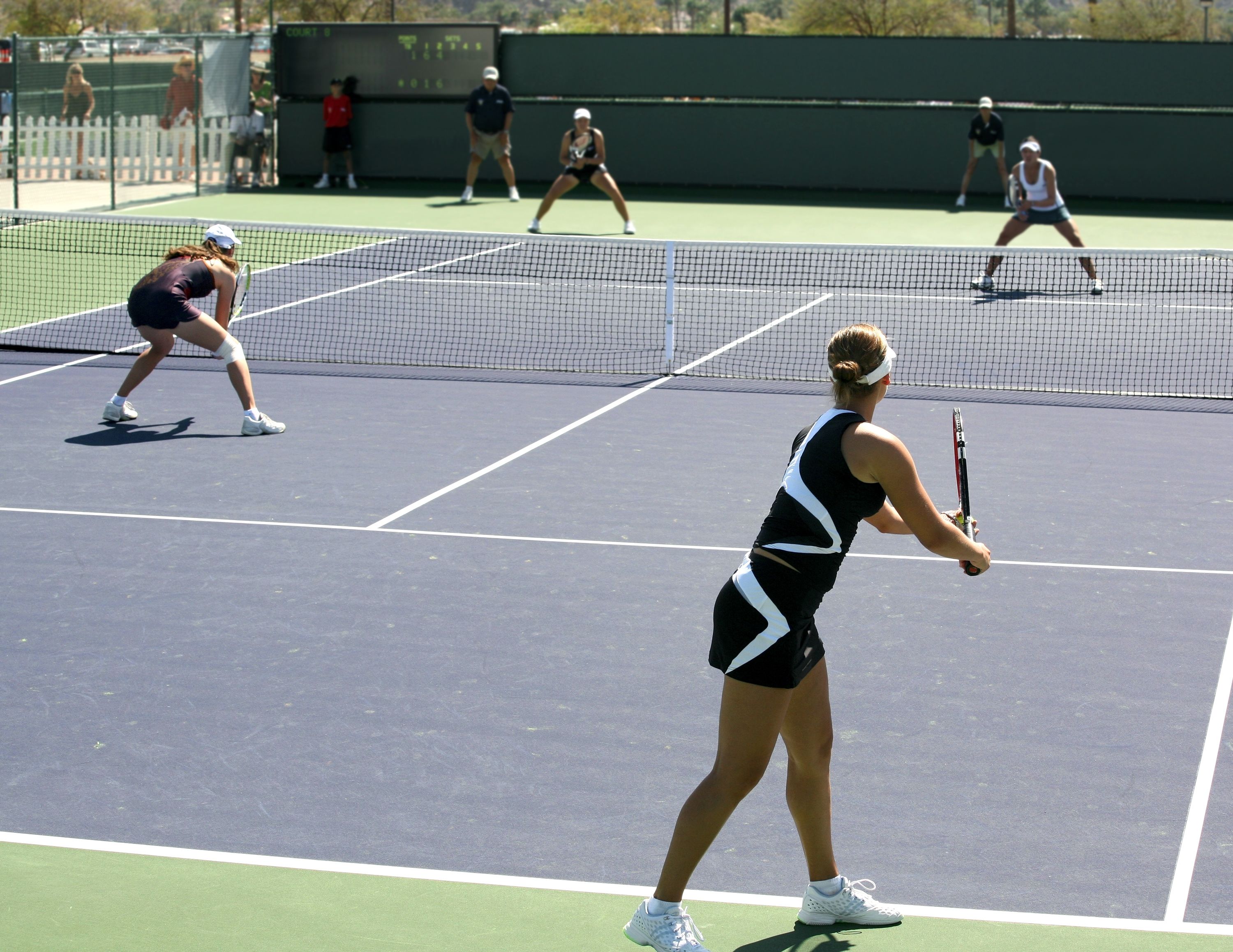

Net benefits
One of the first big sporting collaborations for Cumming at Bath with this work was with the Lawn Tennis Association (LTA). In 2015, the LTA approached him with a problem: their brightest tennis prospects aged 14 – 15 were not going on to achieve on the tennis court and in competitions as they had envisaged they might.
“They came to us with a clear problem. Why are some of our players just not progressing, what role was growth and maturation playing, and what could be done about it,” Cumming explains. Enlisting the help of PhD student Gill Myburgh, the pair set about to solve the puzzle.
Their research - the first to look at the maturity status of elite junior tennis players in both males and females - again revealed that selection biases in tennis favoured early maturers. For girls, the challenge was even more acute. “We could see the bias for early maturers but also the mechanisms underlying the bias. For girls that bias appeared even earlier,” says Cumming.
For the next step, Myburgh – who balanced her PhD with work as the LTA’s strength and conditioning coach, including for tennis ace Joanna Kohnta – helped implement biobanded solutions to better assess and accommodate for difference in growth and maturation among young tennis players.

Dr Gill Myburgh who studied for her PhD alongside her training role at the LTA. Credit: LTA.
Dr Gill Myburgh who studied for her PhD alongside her training role at the LTA. Credit: LTA.
That research investigated the influence of physical maturity on the identification and development of elite youth tennis players selected into the LTA’s performance programmes. It also identified the potential benefits of periodically matching players by maturity status, rather than just age groups for training and competitions.
Her results have gone on to have a lasting impact with changes to practice and policy across British tennis. Cumming explains: “This work really helped to inform practice and policy pertaining to the monitoring of growth and maturity of young tennis players. It gave the LTA a solution and a method to better identify and support early and late developers.”
Within a year, football’s Premier League - via its Director of Football Development, Ged Roddy (former head at Team Bath) - were knocking on the door faced with a similar problem: how could professional football academies better identify and support young players who develop at different rates? What best practice or standardised system could be put in place to help clubs monitor growth and maturation, spot hidden talent and reduce injuries?
“We helped the Premier League devise new policies and systems for monitoring young players. We applied our knowledge to their specific problem and through this work encouraged clubs to take regular growth measurements of players which would feed into their Player Management Application tool,” says Cumming.
The Elite Player Performance Plan (EPPP), which this work fed into, is the Premier League’s long-term strategy to develop more and better homegrown players. It works across three phases: foundation (under-9 to under-11), youth development (under-12 to under-16) and professional development (under-17 to under-23).
After helping to set up the monitoring system, Cumming along with Department for Health colleagues Dr Sean Williams and Dr Darragh McGee, helped to deliver training to academy managers and sports scientists and medical staff on the importance of taking regular measurements and being aware of the different aspects of growth and maturity.
"Our work on the development and validation of non-invasive methods for estimating maturation status in youth led to the inclusion of these methods within the EPPP’s academy-wide growth and maturity screening programme and integration within the Premier League’s Player Management Application," says Cumming.
Then, working alongside the Premier League, Cumming and colleagues helped to devise and evaluate the world’s first youth biobanded tournament.
That competition was played between the youth academies for Southampton, Reading, Stoke and Norwich and helped showcase the research to a much wider audience. For Cumming it was a chance to really understand what the young players, biobanded into different groups, felt of the experience.
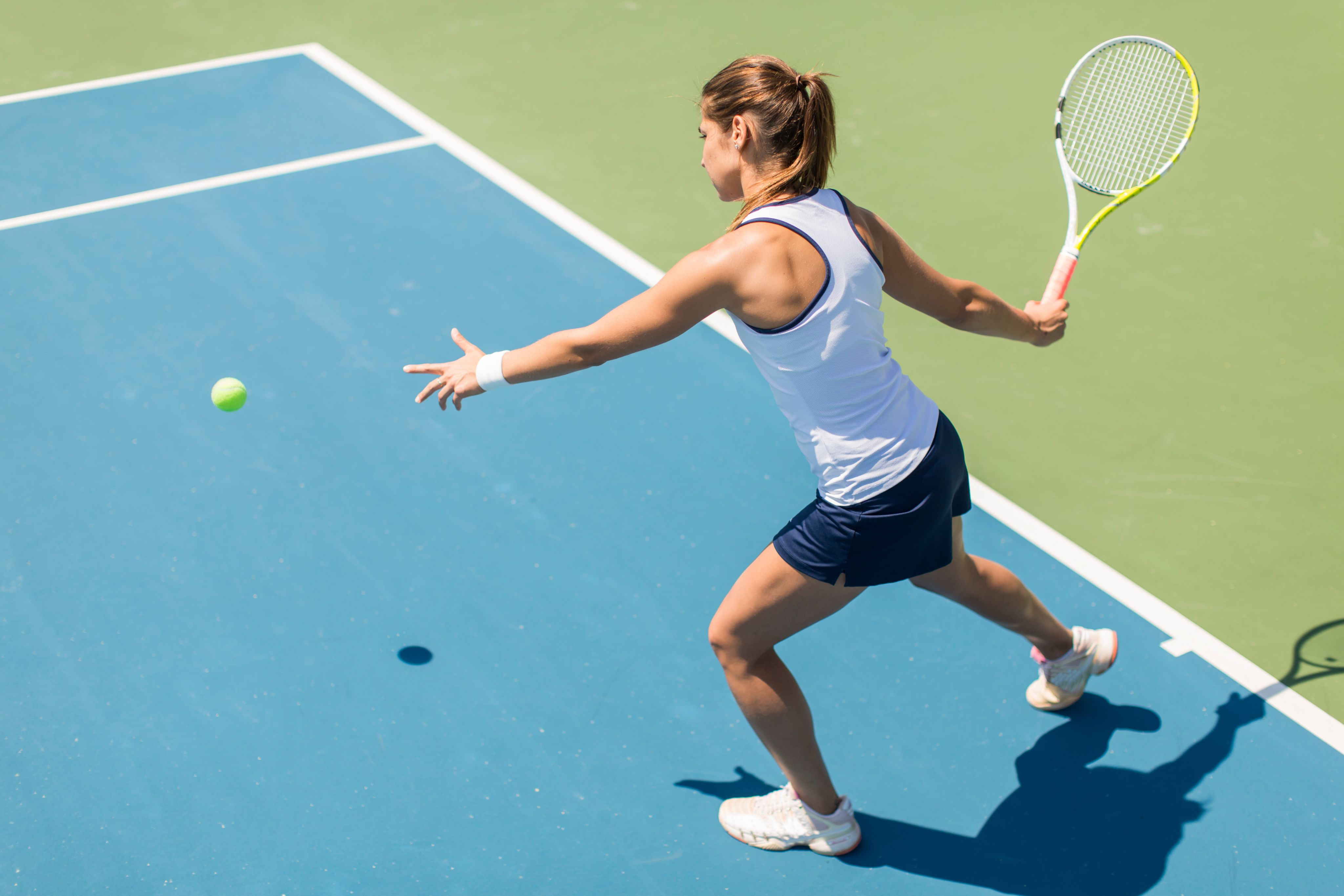
Credit: AdobeStock
Credit: AdobeStock

Credit: AdobeStock
Credit: AdobeStock
Their feedback was overwhelmingly positive with both early and late maturing players supporting the initiative, but for different reasons:
“In a normal game you might only be able to do a bit of magic twice, but in here, every time you get the ball there is a chance that you can do it” - Late maturing boy
A year later, back at the FA’s former HQ Lilleshall, another biobanded competition was held. This time with more bands and more clubs. Again, the evaluation both among players and coaches was equally as positive.
“It made me more confident, playing with older boys, and getting used to the pace. Made me quicker on the ball.” – Early maturing boy
“We were getting more and more consistent evidence that this concept works, that it was presenting early and late developers with new challenges and learning opportunities, and allowing coaches and academy managers to better evaluate players in a new learning context,” says Cumming.
When the Saints go marching
Some of the most impressive work this has helped to inspire has been in collaboration with the University’s nearest Premier League sides: Southampton FC and AFC Bournemouth. University PhD students working on biobanding have been embedded over time both at Southampton - whose youth academy training is also based at the University of Bath - and at Bournemouth.
With Southampton, collaborative research led by Bath PhD Megan Hill into new biobanding protocols has helped academy staff better account for developmental differences when evaluating young players. This has led to a reduction in the proportions of early developing young players being selected and an increase in late maturers.
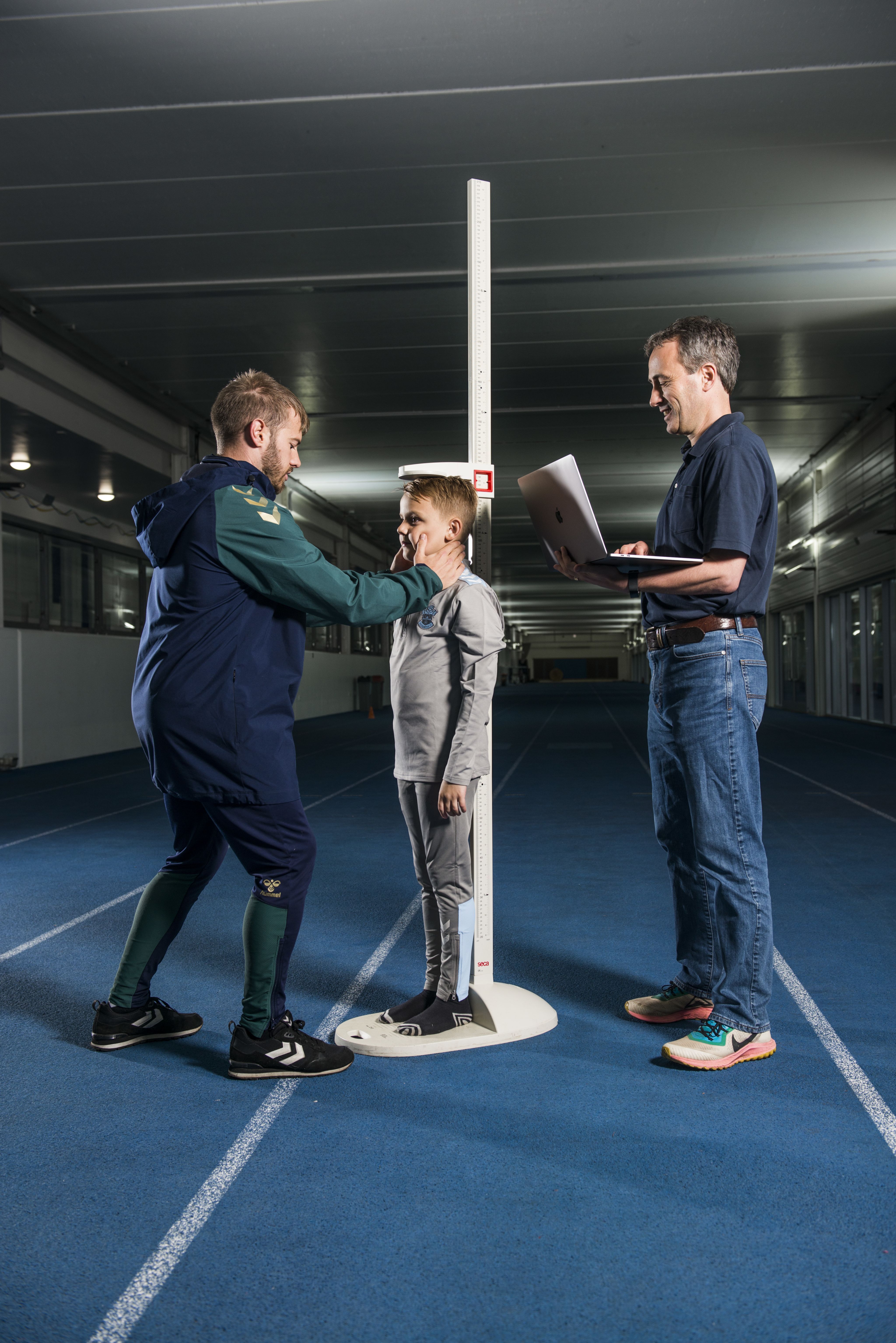
At Bournemouth, research led by Bath PhD David Johnson (who now works at West Ham) showed considerable reductions in both injury incidence and burden - 'days lost to injury' - when biobanding principles were applied through the adolescent growth spurt. His study found that injury incidents could be reduced by over 70% thanks to biobanding.
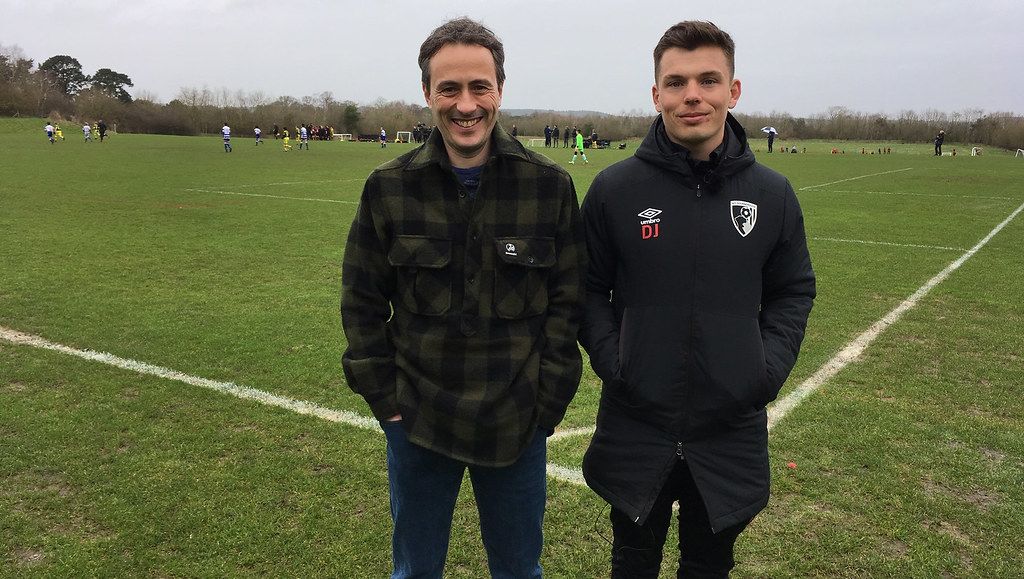
Sean with PhD student David Johnson at Bournemouth AFC.
Sean with PhD student David Johnson at Bournemouth AFC.
“The relationship with both Southampton and Bournemouth has been hugely influential to our work. We’ve been able to collaborate with them to practically apply our research and it’s already having big effects,” says Cumming.
Read and watch more about how biobanding is being applied at Bournemouth AFC.
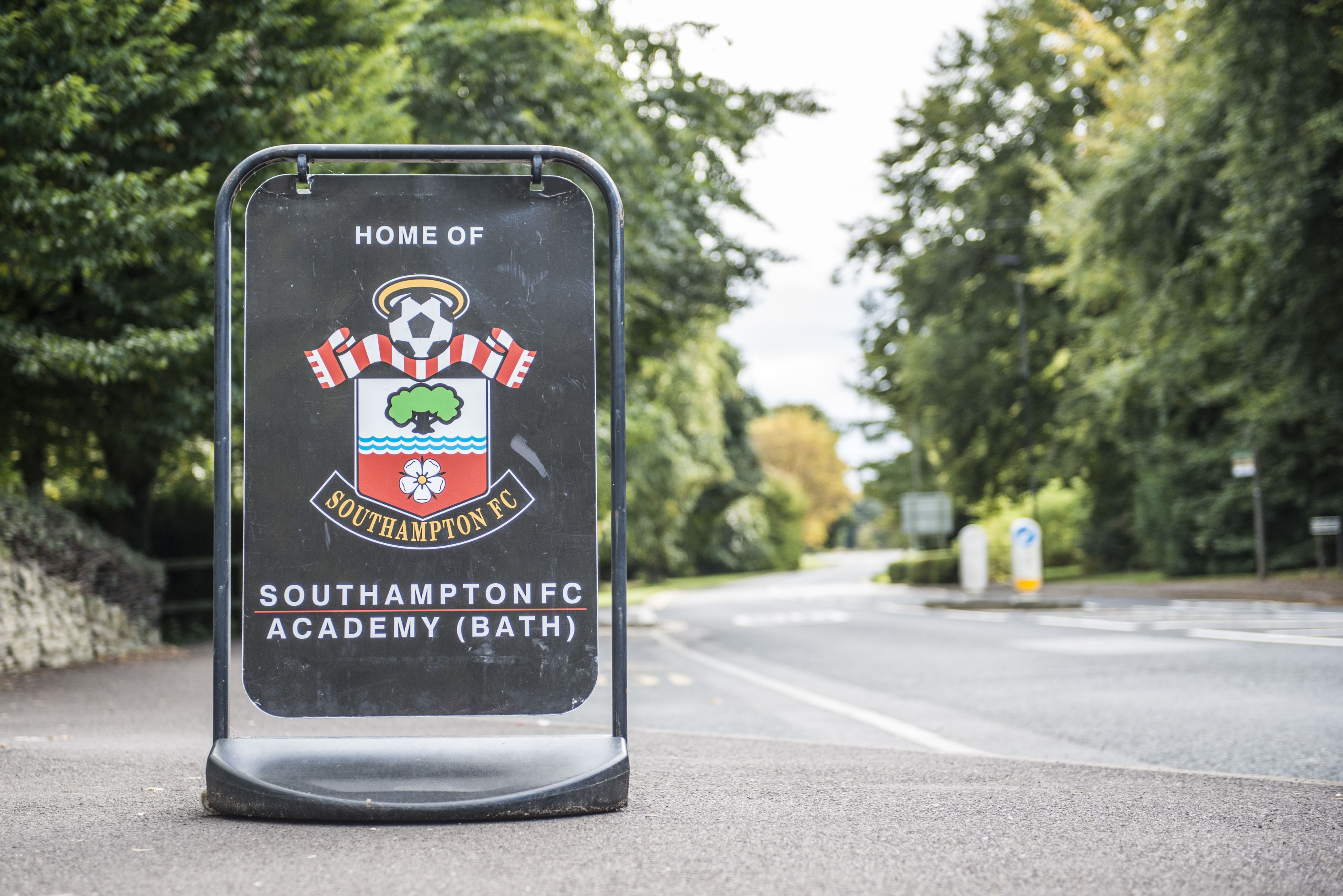
When the Saints go marching
Some of the most impressive work this has helped to inspire has been in collaboration with the University’s nearest Premier League sides: Southampton FC and AFC Bournemouth. University PhD students working on biobanding have been embedded over time both at Southampton - whose youth academy training is also based at the University of Bath - and at Bournemouth.
With Southampton, collaborative research led by Bath PhD Megan Hill into new biobanding protocols has helped academy staff better account for developmental differences when evaluating young players. This has led to a reduction in the proportions of early developing young players being selected and an increase in late maturers.

At Bournemouth, research led by Bath PhD David Johnson (who now works at West Ham) showed considerable reductions in both injury incidence and burden - 'days lost to injury' - when biobanding principles were applied through the adolescent growth spurt. His study found that injury incidents could be reduced by over 70% thanks to biobanding.

Sean with PhD student David Johnson at Bournemouth AFC.
Sean with PhD student David Johnson at Bournemouth AFC.
“The relationship with both Southampton and Bournemouth has been hugely influential to our work. We’ve been able to collaborate with them to practically apply our research and it’s already having big effects,” says Cumming.
Read and watch more about how biobanding is being applied at Bournemouth AFC.

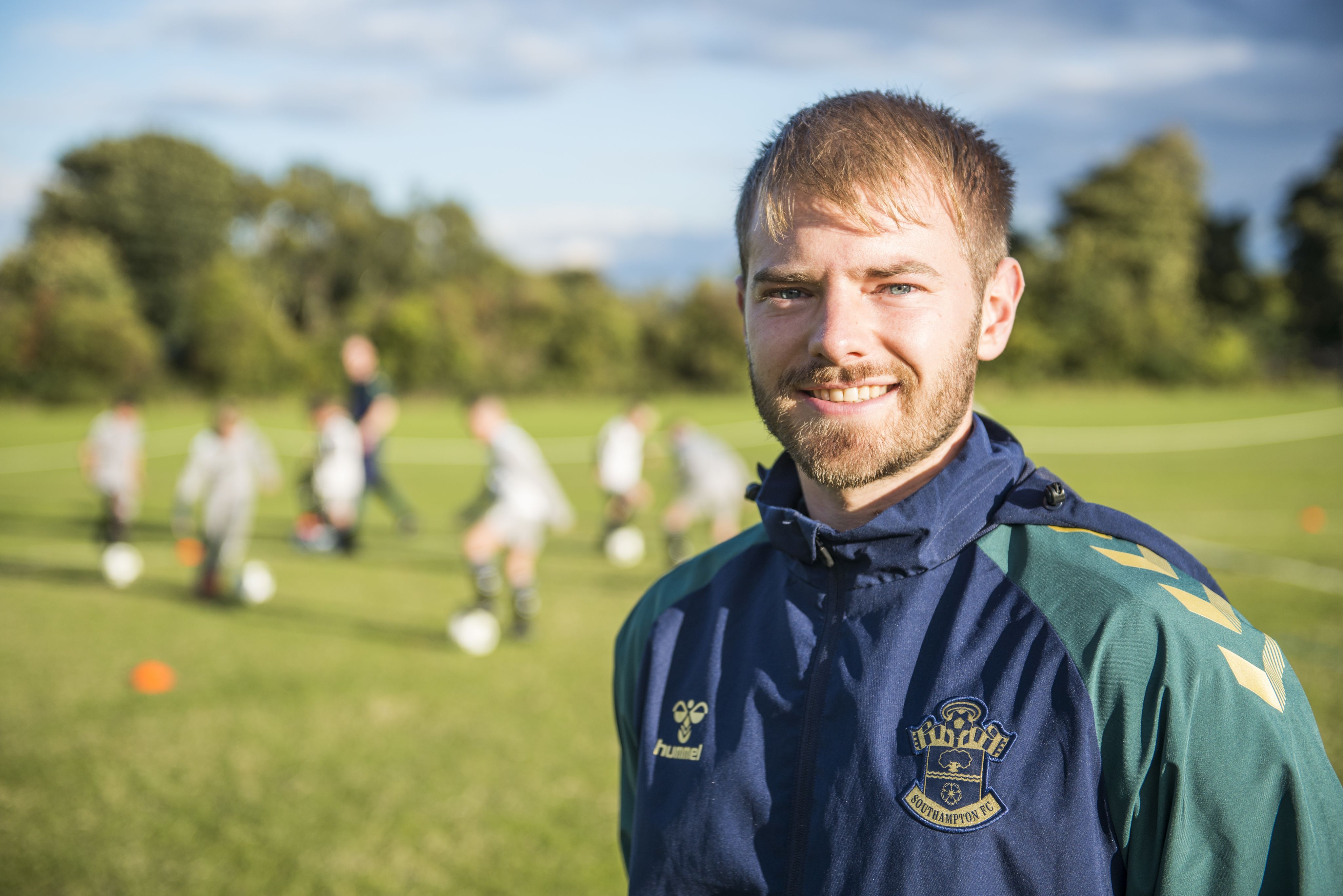
Southampton's relationship with Sean has allowed us to be at the forefront of applying growth and maturity practices within our academy. This has given us the ability to revolutionise how we assess and identify talent, as well as created new innovative ways to develop our players with methods such as biobanding."
Cumming has also collaborated on projects with the world’s biggest football team, Manchester United FC, where he supervised PhD James Parr (who now works at Salford United).
Parr’s study looked at how growth and maturity impact player selection and performance, leading to the integration of protocols for biobanding at the club. And Cumming and the team are increasingly in demand from football teams in the UK and around the world.
In 2018 and 2020, the team travelled to the States to help US Soccer launch their new biobanding initiatives and competitions – both for boys’ and girls’ soccer.
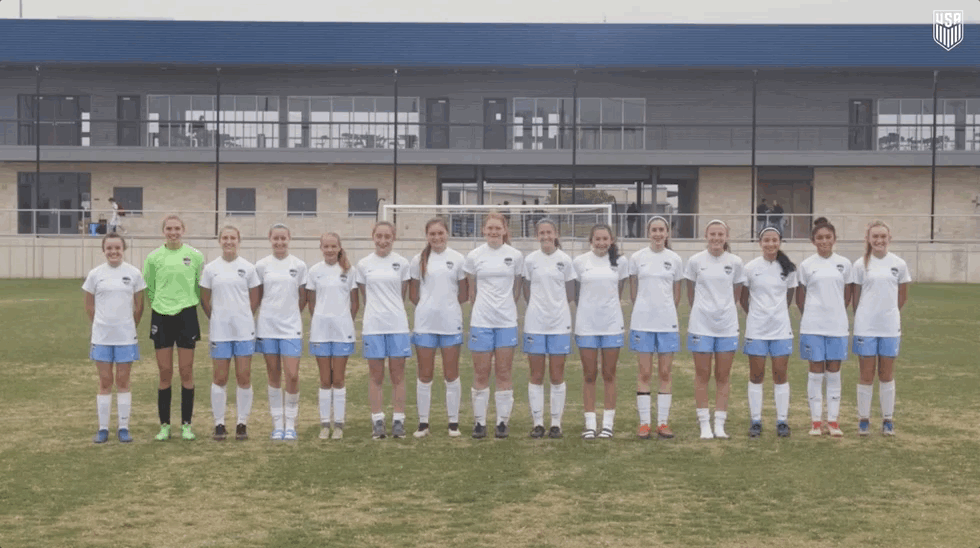
Biobanding in the US. Credit: US Soccer
Biobanding in the US. Credit: US Soccer
In 2020, Cumming and Sam Scott (Southampton Academy's Head of Strength and Conditioning), were invited by the World Cup winning French Football Federation to present their work on biobanding to their National junior coaches.
More recently, he’s just returned from a ‘Futures’ training session with UEFA working alongside the Belgian, Welsh, Danish, and Swedish FAs.
“In just a few years this work has really snowballed,” says Cumming.
From unlikely quarters
And it’s not just tennis and football getting in on the action. Word has spread and already Cumming has teamed up with rugby teams (Bath Rugby and Scottish Rugby Union), Major League Baseball teams (Cleveland Indians, now Guardians), with basketball teams in Portugal, and even with sports such as ballet and gymnastics.
Whilst rugby, cricket and basketball all have similar challenges to football with early selection biases, for ballet and gymnastics the challenge is often the opposite. A 2016 study into biobanding for ballet, conducted by Cumming and Bath PhD Siobhan Mitchell highlighted how ballet traditionally favours late-maturing girls.
Through that project Mitchell - who conducted her research alongside the English National Ballet, One Dance UK (the national body for dance in UK), and the Royal Ballet School - showed some of the injury risks this posed to young dancers. Her insights are now being applied to help reduce training loads when players are going through a growth spurt.
With British Gymnastics, Cumming supervised PhD student Tejal Sarika Patel, whose study focused on gymnasts’ growth and maturation and identified challenges around their adolescent growth spurt. Patel has used similar techniques to that applied by the Premier League, to bioband budding gymnasts; work which again has now been applied in practice.



Credit: AdobeStock
Credit: AdobeStock
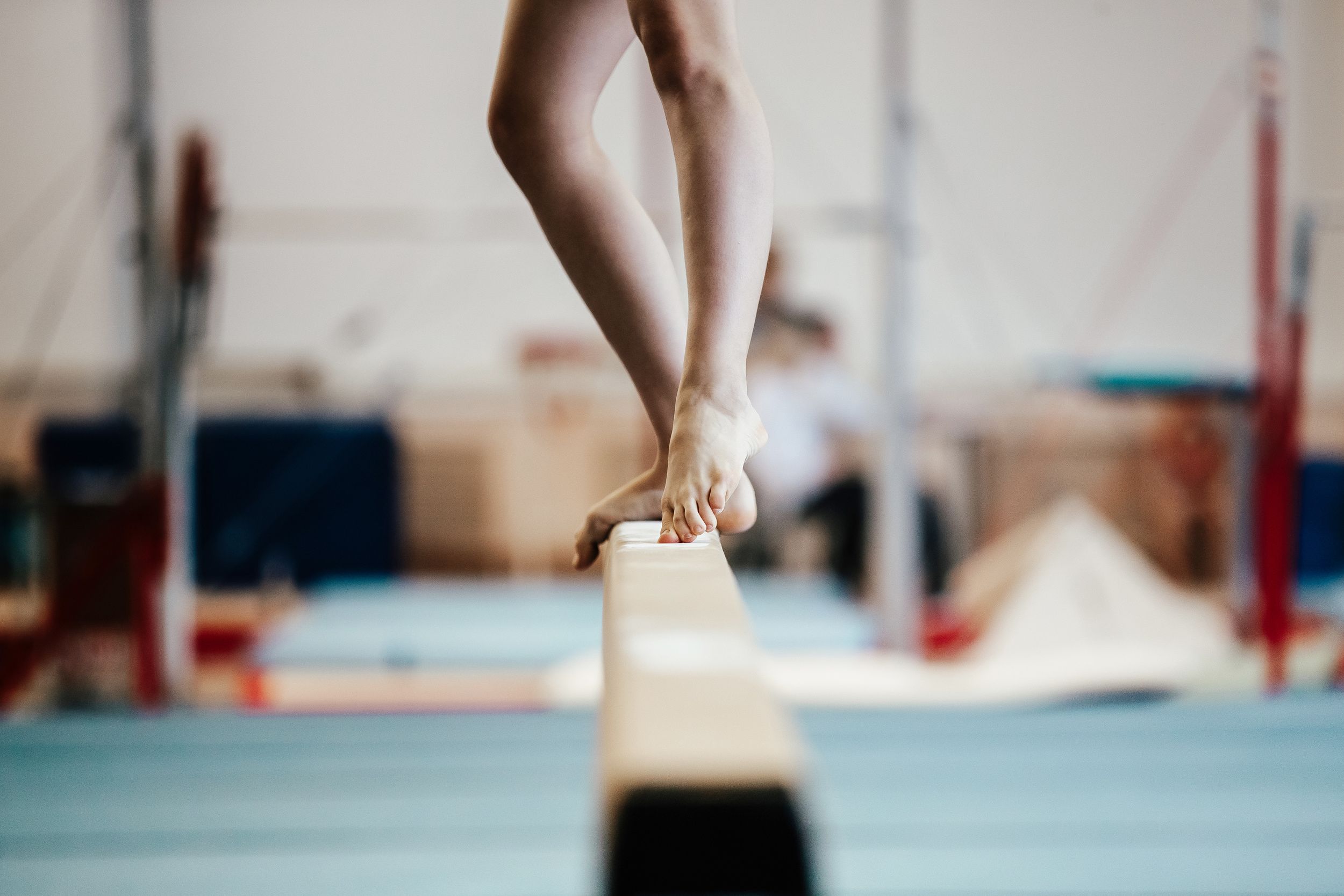
Credit: AdobeStock
Credit: AdobeStock
From unlikely quarters
And it’s not just tennis and football getting in on the action. Word has spread and already Cumming has teamed up with rugby teams (Bath Rugby and Scottish Rugby Union), Major League Baseball teams (Cleveland Indians, now Guardians), with basketball teams in Portugal, and even with sports such as ballet and gymnastics.
Whilst rugby, cricket and basketball all have similar challenges to football with early selection biases, for ballet and gymnastics the challenge is often the opposite. A 2016 study into biobanding for ballet, conducted by Cumming and Bath PhD Siobhan Mitchell highlighted how ballet traditionally favours late-maturing girls.
Through that project Mitchell - who conducted her research alongside the English National Ballet, One Dance UK (the national body for dance in UK), and the Royal Ballet School - showed some of the injury risks this posed to young dancers. Her insights are now being applied to help reduce training loads when players are going through a growth spurt.
With British Gymnastics, Cumming supervised PhD student Tejal Sarika Patel, whose study focused on gymnasts’ growth and maturation and identified challenges around their adolescent growth spurt. Patel has used similar techniques to that applied by the Premier League, to bioband budding gymnasts; work which again has now been applied in practice.
Part of my PhD research was based on growth and maturation in gymnasts, and how we track gymnasts' growth to identify when they’re likely to experience their adolescent growth spurt. We do this by using a formula to predict a gymnast’s adult height. The same method is used in Premier League academies, so it’s amazing to be able to implement it into gymnastics."
Dr Tejal Sarika Patel, working with young athletes at British Gymnastics. Click to read more about Tej's story and how her research has had an impact at British Gymnastics.
Dr Tejal Sarika Patel, working with young athletes at British Gymnastics. Click to read more about Tej's story and how her research has had an impact at British Gymnastics.
They think it's all over
With no sign in interest abating, what’s next for Sean Cumming and biobanding?
Academically, this work continues to attract global attention. A seminal paper published in the Journal of Strength & Conditioning in 2017 summarising the approach and its effects has been cited hundreds of times around the world. Biobanding was also a stand-out case study as part of the latest Research Excellence Framework (REF) 2021.
Across sports and governing bodies around the world there's growing interest in collaborating too. Sports scientists from the Netherlands, Belgium, Athletico Bilboa, and the Polish and Czech Football Associations have just visited Bath to learn more about this work. There’s even interest from horse racing.
Then there’s work in refining some of the training protocols and helping teams as they further embed biobanding.
“The exciting thing is seeing how the process of biobanding is evolving within clubs,” says Cumming.
At Southampton, for example, the team is now aligning their psychological support with biobanding with early developers taught about failure, stress and adaptation and late developers taught more about leadership roles too.
There’s also the prospect of working within schools.
In 2018, the Youth Sport Trust (YST) commissioned research into the design and delivery of competitive youth sport domestically and globally. Biobanding was chosen as one of eight themes to reimagine school sports for more inclusive and positive outcomes.
“There are certain challenges in applying biobanding in a school sports context, but there is potential and we’re beginning to look at opportunities to see how this could work,” he says.
For Aberdeen-born and Orkney-raised Cumming there’s also the equally appealing prospect of teaming up with the Scottish FA to help nurture the next generation of Scottish footballers.
But what about the prospect of using strategies such as biobanding to finally bring home a World Cup? Following on from the success of the women's teams at Euro 2022, and the disappointment but strong performance of the England men's team in Qatar, Cumming is optimistic.
“If you look at the investment in sports science across academy programmes from around the world, England really is leading the way at the moment," says Cumming. "A lot of other nations – France, Germany, Spain and Portugal – are increasingly focusing on what’s happening in England. The Premier League and the clubs have been critical to the success of this work, and it’s been a huge privilege to work with them."
And so, could biobanding help bring a future World Cup home?
“Whether the next English, Welsh or Scottish World Champion will be someone who has benefited from biobanding, who knows? But by giving more opportunities to younger players, and testing and monitoring them in more scientific and developmentally sensitive ways, not only are we levelling the playing field but we’re creating a fantastic space for more players to shine.”

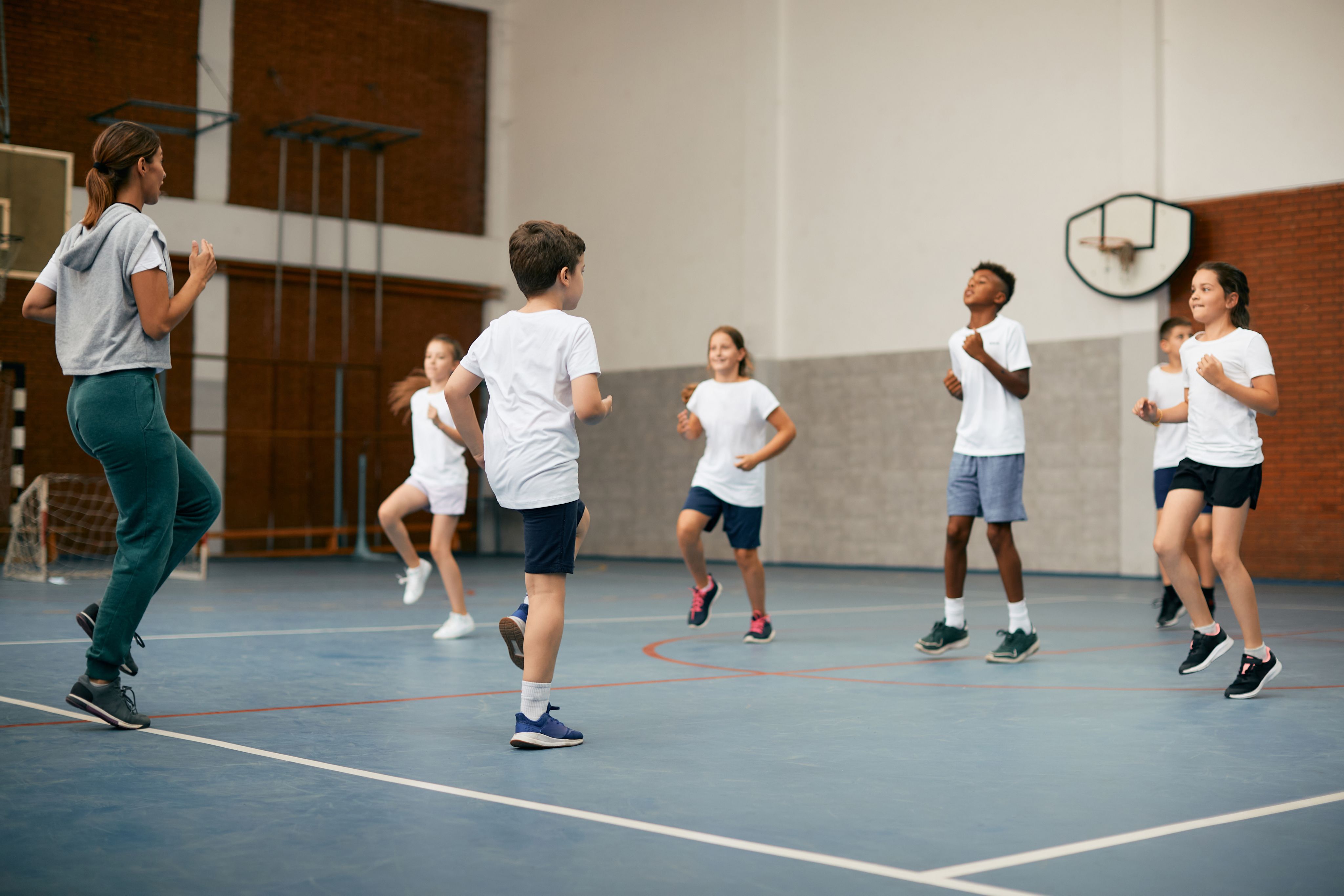
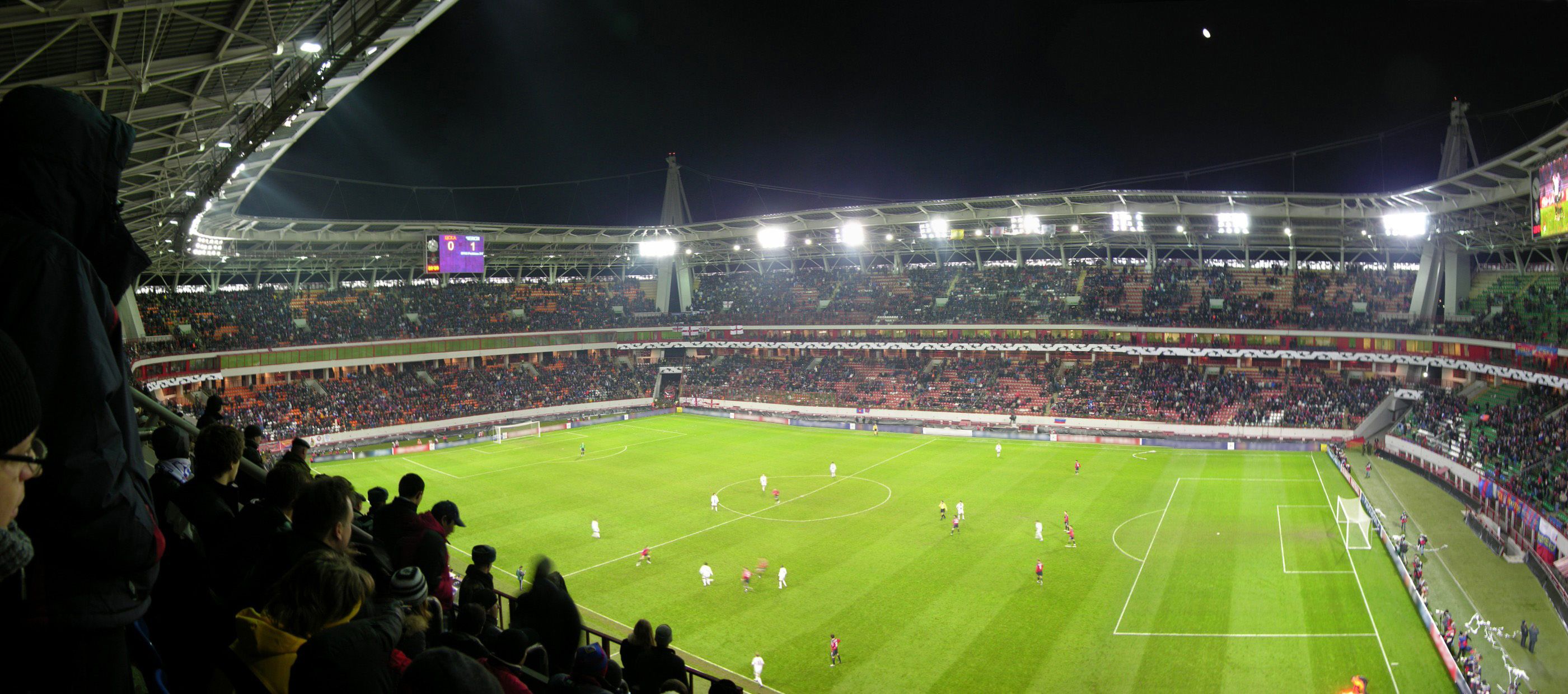

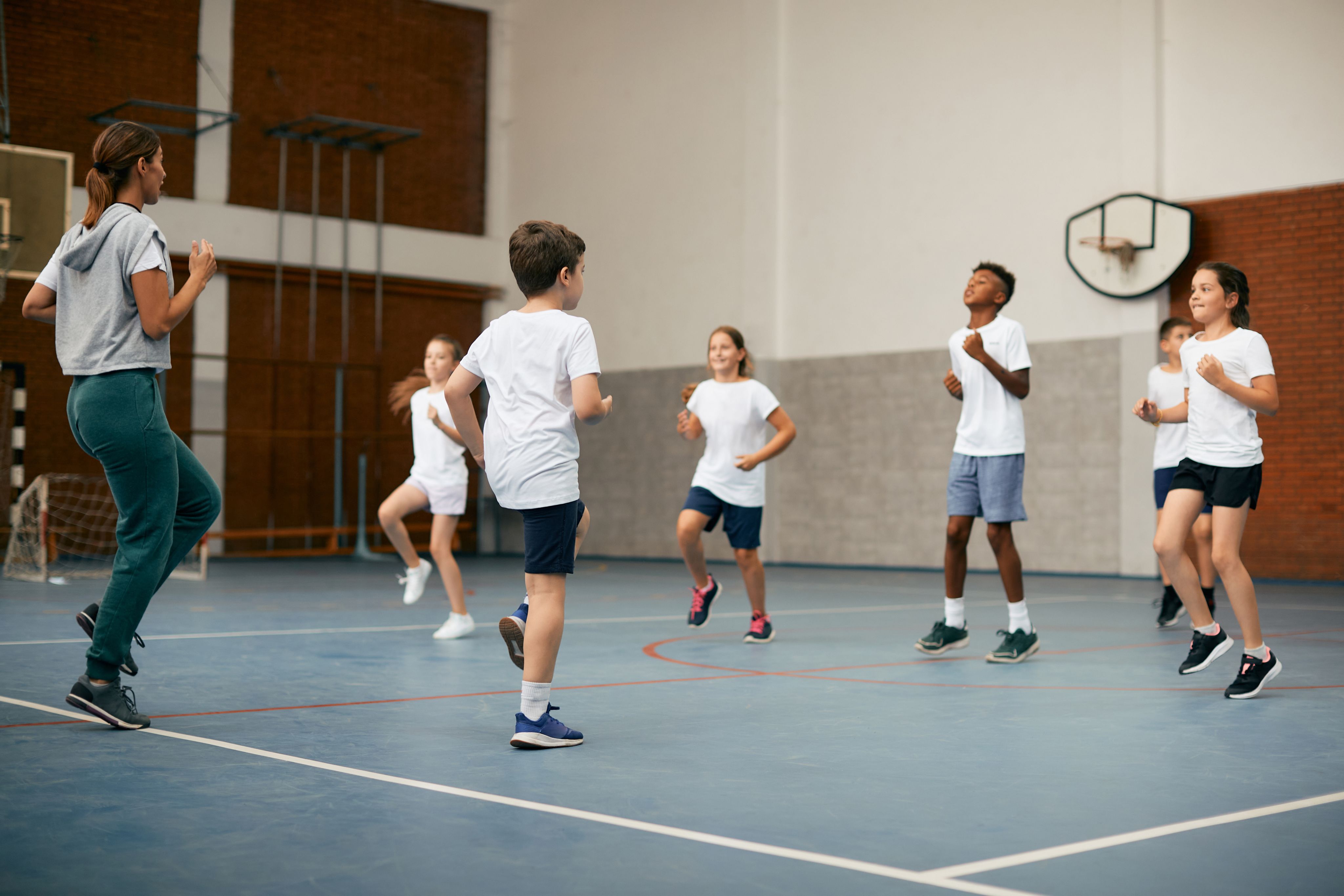

They think it's all over
With no sign in interest abating, what’s next for Sean Cumming and biobanding?
Academically, this work continues to attract global attention. A seminal paper published in the Journal of Strength & Conditioning in 2017 summarising the approach and its effects has been cited hundreds of times around the world. Biobanding was also a stand-out case study as part of the latest Research Excellence Framework (REF) 2021.
Across sports and governing bodies around the world there's growing interest in collaborating too. Sports scientists from the Netherlands, Belgium, Athletico Bilboa, and the Polish and Czech Football Associations have just visited Bath to learn more about this work. There’s even interest from horse racing.
Then there’s work in refining some of the training protocols and helping teams as they further embed biobanding.
“The exciting thing is seeing how the process of biobanding is evolving within clubs,” says Cumming.
At Southampton, for example, the team is now aligning their psychological support with biobanding with early developers taught about failure, stress and adaptation and late developers taught more about leadership roles too.
There’s also the prospect of working within schools.
In 2018, the Youth Sport Trust (YST) commissioned research into the design and delivery of competitive youth sport domestically and globally. Biobanding was chosen as one of eight themes to reimagine school sports for more inclusive and positive outcomes.
“There are certain challenges in applying biobanding in a school sports context, but there is potential and we’re beginning to look at opportunities to see how this could work,” he says.
For Aberdeen-born and Orkney-raised Cumming there’s also the equally appealing prospect of teaming up with the Scottish FA to help nurture the next generation of Scottish footballers.
But what about the prospect of using strategies such as biobanding to finally bring home a World Cup? Following on from the success of the women's teams at Euro 2022, and the disappointment but strong performance of the England men's team in Qatar, Cumming is optimistic.
“If you look at the investment in sports science across academy programmes from around the world, England really is leading the way at the moment," says Cumming. "A lot of other nations – France, Germany, Spain and Portugal – are increasingly focusing on what’s happening in England. The Premier League and the clubs have been critical to the success of this work, and it’s been a huge privilege to work with them."
And so could biobanding help bring a future World Cup home?
“Whether the next English, Welsh or Scottish World Champion will be someone who has benefited from biobanding, who knows? But by giving more opportunities to younger players, and testing and monitoring them in more scientific and developmentally sensitive ways, not only are we levelling the playing field but we’re creating a fantastic space for more players to shine.”
Research Papers
Cumming, S. P., Lloyd, R. S., Oliver, J. L., Eisenmann, J. C., & Malina, R. M. (2017). Bio-banding in sport: applications to competition, talent identification, and strength and conditioning of youth athletes. Strength & Conditioning Journal, 39(2), 34-47.
Cumming, S. P., Brown, D. J., Mitchell, S., Bunce, J., Hunt, D., Hedges, C., & Malina, R. M. (2018). Premier League academy soccer players’ experiences of competing in a tournament bio-banded for biological maturation. Journal of sports sciences, 36(7), 757-765.
Myburgh, G. K., Cumming, S. P., Coelho E Silva, M., Cooke, K., & Malina, R. M. (2016). Growth and maturity status of elite British junior tennis players. Journal of sports sciences, 34(20), 1957-1964.
Johnson, D. M., Williams, S., Bradley, B., Sayer, S., Murray Fisher, J., & Cumming, S. (2020). Growing pains: Maturity associated variation in injury risk in academy football. European journal of sport science, 20(4), 544-552.
Patel, T. S., McGregor, A., Williams, K., Cumming, S. P., & Williams, S. (2021). The influence of growth and training loads on injury risk in competitive trampoline gymnasts. Journal of sports sciences, 39(23), 2632-2641.
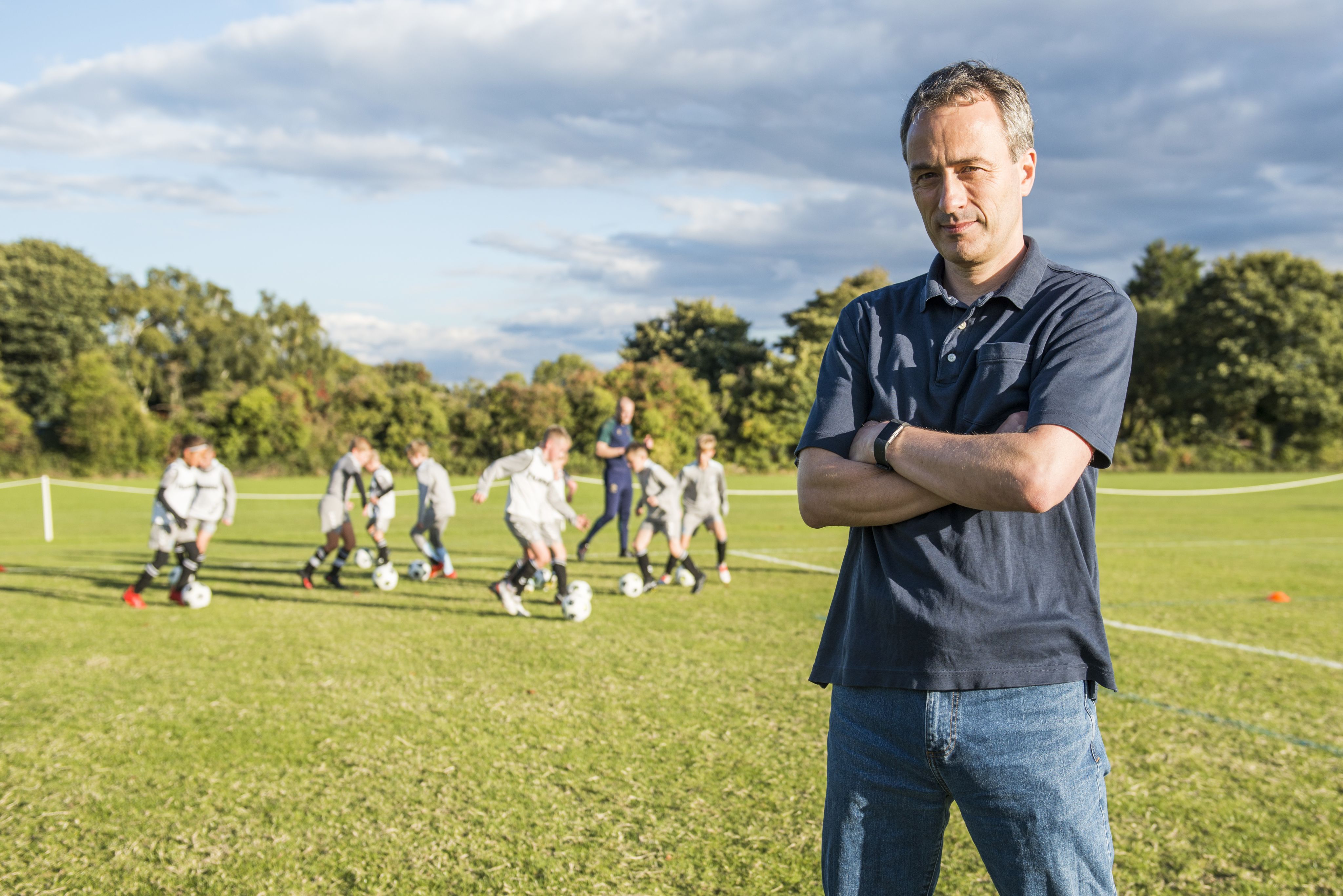
Research Papers
Cumming, S. P., Lloyd, R. S., Oliver, J. L., Eisenmann, J. C., & Malina, R. M. (2017). Bio-banding in sport: applications to competition, talent identification, and strength and conditioning of youth athletes. Strength & Conditioning Journal, 39(2), 34-47.
Cumming, S. P., Brown, D. J., Mitchell, S., Bunce, J., Hunt, D., Hedges, C., & Malina, R. M. (2018). Premier League academy soccer players’ experiences of competing in a tournament bio-banded for biological maturation. Journal of sports sciences, 36(7), 757-765.
Myburgh, G. K., Cumming, S. P., Coelho E Silva, M., Cooke, K., & Malina, R. M. (2016). Growth and maturity status of elite British junior tennis players. Journal of sports sciences, 34(20), 1957-1964.
Johnson, D. M., Williams, S., Bradley, B., Sayer, S., Murray Fisher, J., & Cumming, S. (2020). Growing pains: Maturity associated variation in injury risk in academy football. European journal of sport science, 20(4), 544-552.
Patel, T. S., McGregor, A., Williams, K., Cumming, S. P., & Williams, S. (2021). The influence of growth and training loads on injury risk in competitive trampoline gymnasts. Journal of sports sciences, 39(23), 2632-2641.

